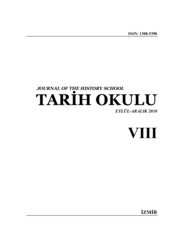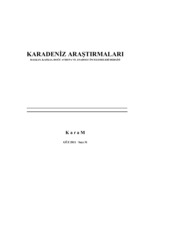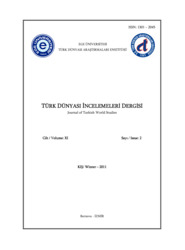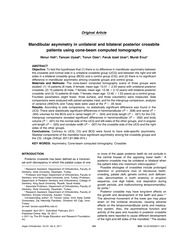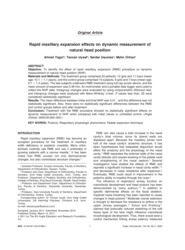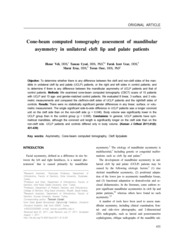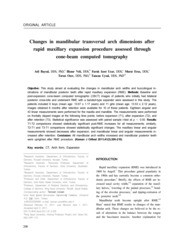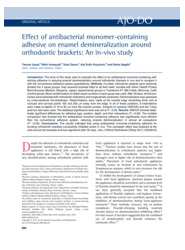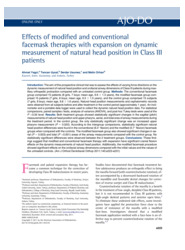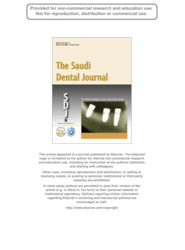Filtreler
Filtreler
Bulunan: 16 Adet 0.000 sn
Ambargo Durumu : Erişime Açık ✕Ambargo Durumu : Erişime Açık ✕Yayın Tarihi : 2011 ✕Koleksiyon : FAKÜLTELER ✕Tam Metin : var ✕
Koleksiyon [6]
İlgili Araştırmacılar [7]
Ambargo Durumu [1]
Tam Metin [1]
Veritabanı [1]
Eser Sahibi [6]
Tür [3]
Yayın Tarihi [1]
Yayıncı [11]
- The Korean Association of Orthodontists 3
- American Journal of Orthodontics and Dentofacial Orthopedics 2
- The E. H. Angle Education and Research Foundation 2
- Türkiye Klinikleri 2
- Ege Üniversitesi 1
- Ege Üniversitesi Türk Dünyası Araştırmaları Enstitüsü 1
- History Studies International Journal of History Academic Journal 1
- InTech 1
- KaraM 1
- ORTHODONTICS & CRANIOFACIAL RESEARCH 1
- The Saudi Dental Journal 1 Daha fazlası Daha az
Kayıt Giriş Tarihi [10]
Konu Başlıkları [20]
- Asymmetry 2
- Cone-beam computed tomography 2
- Antibacterial monomer-containing adhesive 1
- Arch form 1
- Avrupa 1
- Ayan 1
- Book of Travels 1
- CT 1
- Castles 1
- Cephalometric norm 1
- Cleft lip/palate 1
- Conventional facemask therapies 1
- Crossbite 1
- Demure 1
- Diş, geçici 1
- EMG PSD Measures 1
- Ethnicity 1
- Europea 1
- Evliya Çelebi 1
- Expansion 1 Daha fazlası Daha az
 EBRU KÜÇÜKYILMAZ
EBRU KÜÇÜKYILMAZ